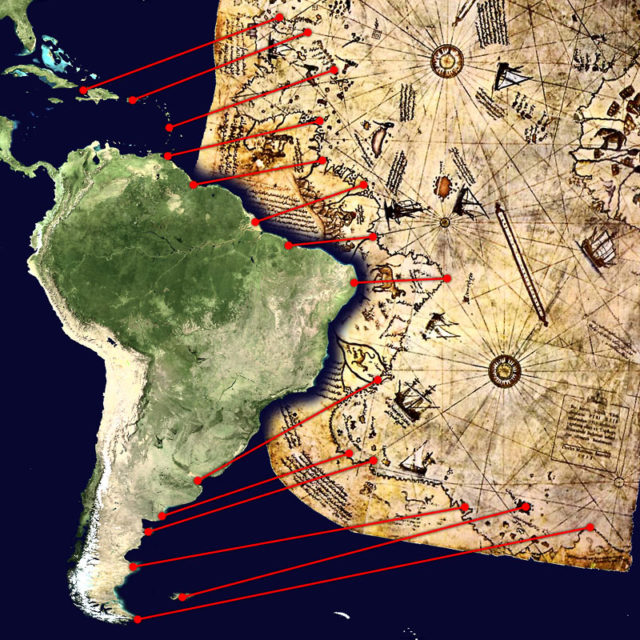W
Water-
I agree, is your mind made up? You seem convinced there was pre 1492 Cannabis in the Americas.
I say there has never been any proof of Cannabis pre 1492 in the Americas, and this is correct as of today.
Cannabis is such a useful plant that it would of been used and shared and so spread amongst all pre 1492 peoples in the Americas and pollen, seed, and fiber remains would be as easy to find as it is in the rest of the old world where it was found everywhere people used it.
-SamS
no, my mind is open to whatever may be found.
Im convinced that it is possible and
there is no proof that cannabis did not in is some way come to the Americas before Colombus.
yes, pollen, seed and fiber would be easy to find if it was cultivated in large quantities..
But there is no way to prove that no one ever sailed up with a block of Hash or some seeds that were grown in a small area for a small amount of time and was then lost.
Im not saying it was a major cultural thing in the Americas, just that it is possible that it may have been there and has not been found yet.
There is a lot out there to be discovered about our past.
New discoveries are constantly revising what we thought was possible.
something as simple as an asian shipwreck with Hemp ropes that were then scavenged and used by people is enough to say that cannabis made it to the Americas before 1492.
Last edited:



